|
Icon
|
Project type and supervisor
|
Project title and brief description
(Click title for details) |
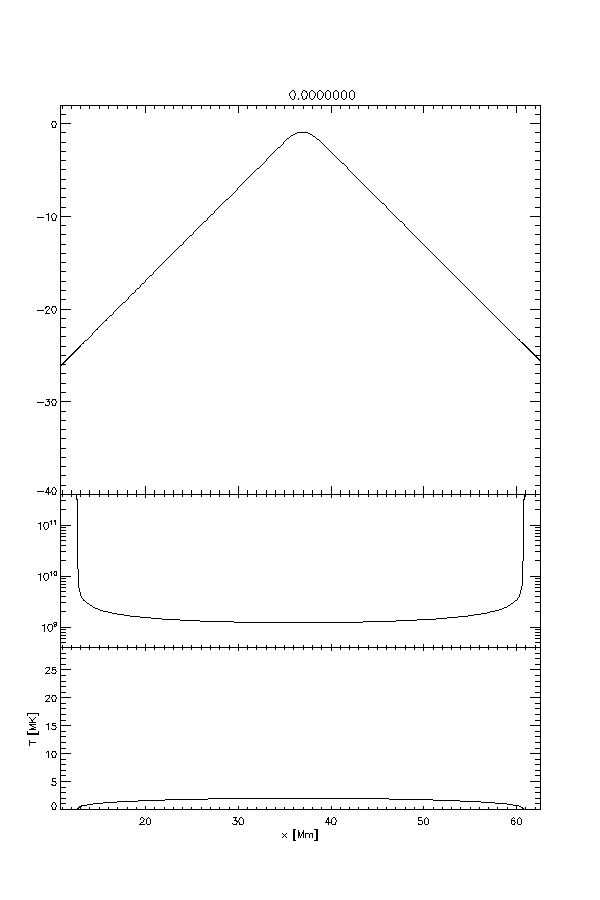
|
Modeling with
Dana
Longcope
|
Simulating Shocks in Solar Flares
Solar flares occur when a large amount of magnetic energy is released through magnetic
reconnection and converted into thermal and kinetic energy of plasmas.
Post-reconnection magnetic field lines retract like an elastic string, and
create shocks that can heat plasma to tens of millions of Kelvins. In this project
the student will run a computer program to solve the dynamical equations for the retracting
field line, and study how the shape of the initial field line influences the density
and temperature of the shocked fluid.
|
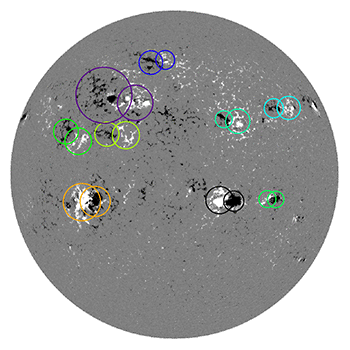
|
Data analysis with
Andres Munoz-Jaramillo
and
Dana Longcope
|
Detection of Magnetic Regions in the Sun
Sunspots are manifestation of strong magnetic regions in the Sun. The number of these magnetic regions
changes with the solar cycle, and their collective effect keeps the solar cycle going. Systematically
monitoring these magnetic regions is very important for understanding how the solar cycle works.
In this project, student will create a long-term detailed database of magnetic regions to
study the solar cycle.
|
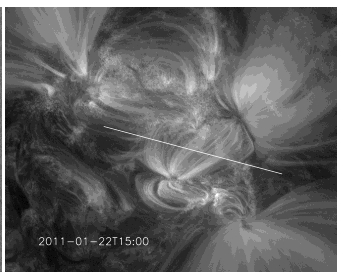
|
Data analysis with
David McKenzie
and
Dana Longcope
|
Measurements of Magnetic Reconnection to/from Emerging Active Regions
When viewed in X-rays or extreme ultraviolet (EUV) the Sun's outer atmosphere, the corona, consists of many thin strands called loops. These
loops are believed to trace out the magnetic fields, and are formed by a process called magnetic reconnection. Magnetic reconnection exchanges
magnetic flux between neighbouring systems and releases magnetic energy. To understand this crucial physical process,
we will analyze X-ray and EUV images and make quantitative measurements of magnetic flux involved in reconnection, using a technique pioneered by the team at MSU.
|

|
Modeling with
John Unverferth
and
Dana Longcope
|
Modeling the Effects of Magnetic Field Variation on Solar Flares
Solar flares occur when a large amount of energy is converted to heat and fluid motion. Prior to the flare
this energy is stored in a magnetic field filling the atmosphere. The energy is released suddenly
when an electric field changes the connectivity of magnetic field lines in the corona. Solar flares
occur in field lines which are weakest at the apex, and stronger at the feet. In this project, student
will model magnetic energy release to understand the effects of this magnetic field variation on
flare characteristics.
|
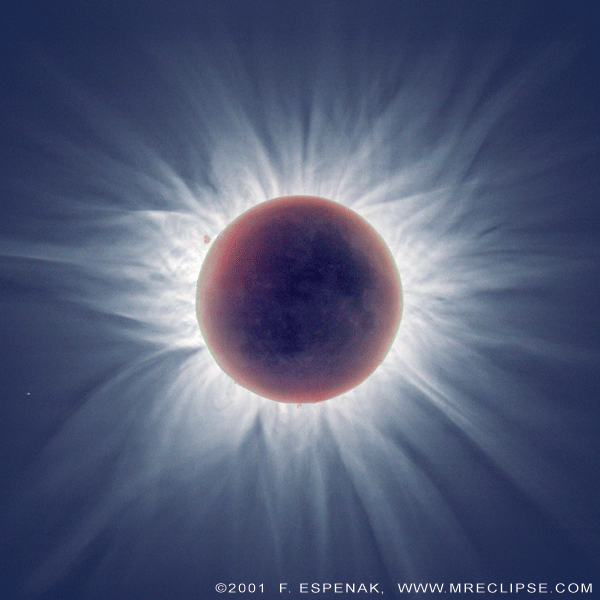
|
Optical instrumentation with
Joe Shaw
|
Optical Instruments for Solar Eclipse Measurements
During a solar eclipse, the brightness and polarization of skylight is altered
dramatically. Clear-sky radiance should be reduced by at least four orders of magnitude, while
the polarization pattern should become azimuthally symmetric, centered at the zenith.
Students on this project will help design and build instruments to observe an upcoming
total solar eclipse in 2017. Students also will work with modeling and measuring
atmospheric optical radiation.
|
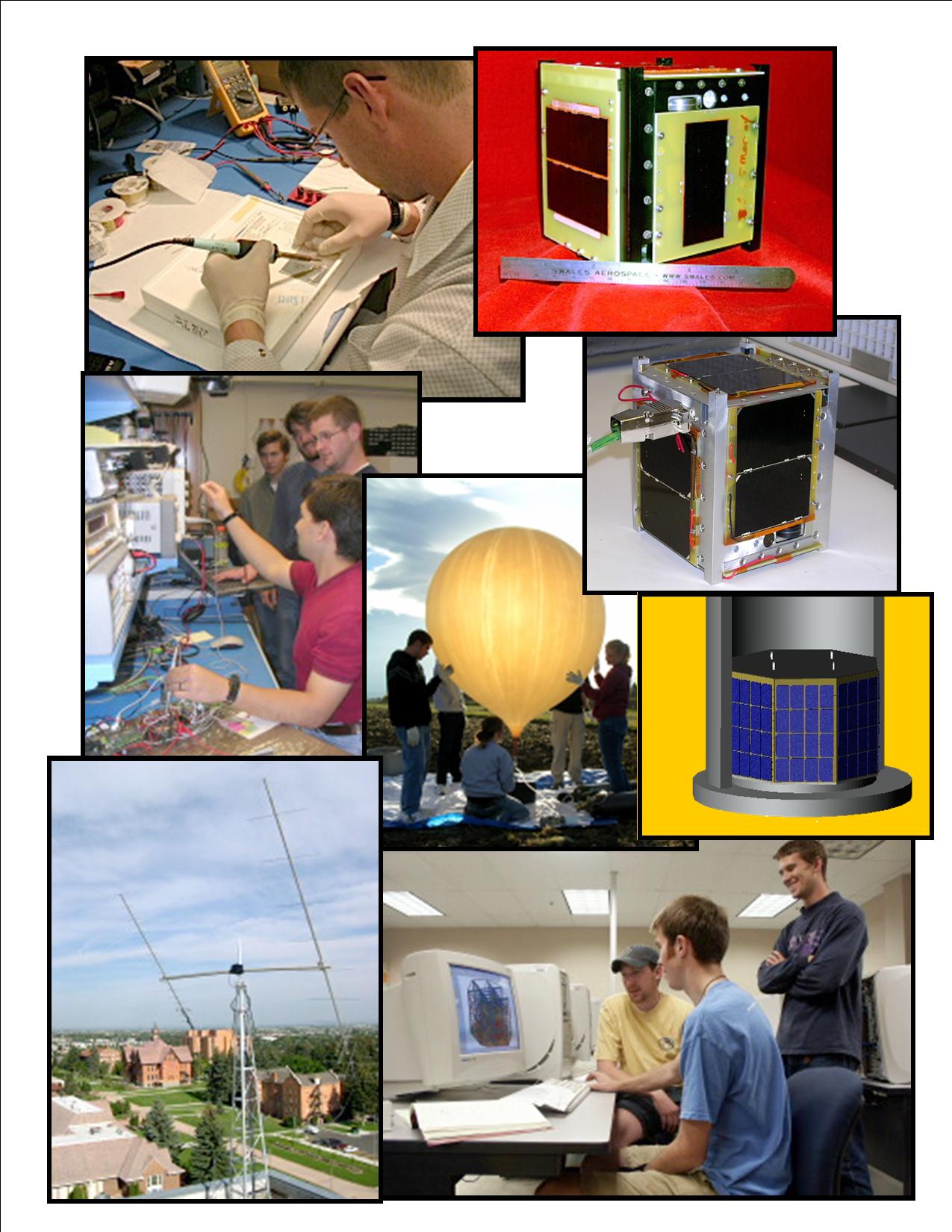
|
Hardware development with
David
Klumpar
|
Space Hardware Development: Space Flight Systems for Space Science
Join our Small Satellite Team for Summer 2015! MSU's Space Science and Engineering Laboratory (SSEL) involves science and engineering students in highly responsible roles associated with the development of space flight systems for scientific applications. The student(s) will develop spaceflight hardware through design, development, and testing as a member of an interdisciplinary project student team. Participants must be U.S. citizens.
|





